Rising Demand for Eco-Friendly Packaging
The increasing emphasis on sustainability is driving the Plastic Jerry Can Market. Consumers and businesses alike are gravitating towards eco-friendly packaging solutions, which has led to a surge in demand for recyclable and reusable plastic jerry cans. According to recent data, the market for sustainable packaging is projected to grow at a compound annual growth rate of over 7% in the coming years. This trend is not merely a passing phase; it reflects a broader shift in consumer preferences towards environmentally responsible products. As regulations tighten around plastic waste, manufacturers in the Plastic Jerry Can Market are compelled to innovate and adopt greener practices, thereby enhancing their market position and appealing to a conscientious consumer base.
Expansion of E-commerce and Online Retail
The rapid expansion of e-commerce and online retail is significantly impacting the Plastic Jerry Can Market. As more consumers turn to online shopping, the demand for efficient and reliable packaging solutions has surged. Plastic jerry cans are increasingly favored for their lightweight and durable characteristics, making them ideal for shipping various products. Recent data suggests that the e-commerce sector is expected to grow by over 15% annually, which in turn drives the need for effective packaging solutions. This trend not only enhances the visibility of plastic jerry cans in the market but also encourages manufacturers to innovate in terms of design and functionality. Consequently, the intersection of e-commerce growth and the Plastic Jerry Can Market presents a dynamic landscape for future opportunities.
Increased Focus on Food Safety and Hygiene
The heightened awareness surrounding food safety and hygiene is propelling the Plastic Jerry Can Market forward. With stringent regulations governing food packaging, manufacturers are increasingly turning to plastic jerry cans for their ability to maintain product integrity and safety. The food and beverage sector is projected to account for a substantial share of the plastic jerry can market, driven by the need for safe and hygienic storage solutions. Recent statistics indicate that the food packaging market is expected to grow at a rate of 5% annually, further bolstering the demand for plastic jerry cans. This focus on safety not only enhances consumer trust but also compels manufacturers to adhere to higher standards, thereby elevating the overall quality within the Plastic Jerry Can Market.
Growth in Chemical and Agrochemical Industries
The expansion of the chemical and agrochemical sectors is significantly influencing the Plastic Jerry Can Market. These industries require robust and reliable packaging solutions for the safe transportation and storage of hazardous materials. The demand for plastic jerry cans is expected to rise as these sectors continue to grow, with the agrochemical market alone projected to reach USD 300 billion by 2025. This growth necessitates durable and compliant packaging options, which plastic jerry cans provide. Furthermore, the versatility of plastic jerry cans in accommodating various chemical properties makes them a preferred choice among manufacturers. As such, the interplay between these industries and the Plastic Jerry Can Market is likely to foster further innovation and development.
Technological Innovations in Manufacturing Processes
Technological advancements in manufacturing processes are reshaping the Plastic Jerry Can Market. Innovations such as injection molding and blow molding have enhanced production efficiency and reduced costs, allowing manufacturers to meet rising demand without compromising quality. The integration of automation and smart technologies in production lines is also streamlining operations, leading to faster turnaround times and improved product consistency. As the market evolves, these technological improvements are likely to play a crucial role in maintaining competitiveness. Furthermore, the ability to produce customized jerry cans tailored to specific industry needs is becoming increasingly feasible, thereby expanding the market's potential. This trend indicates a promising future for the Plastic Jerry Can Market as it adapts to changing consumer and industrial requirements.



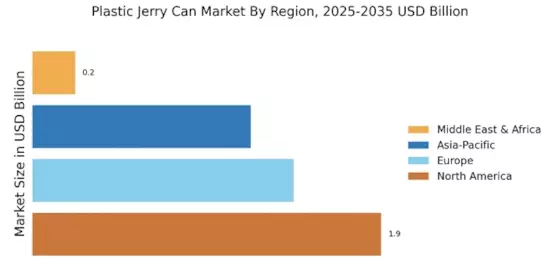
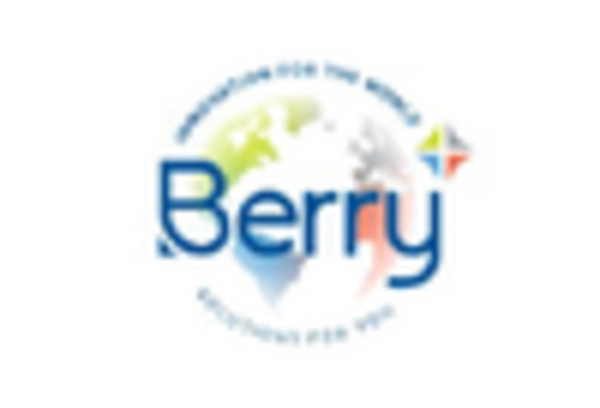
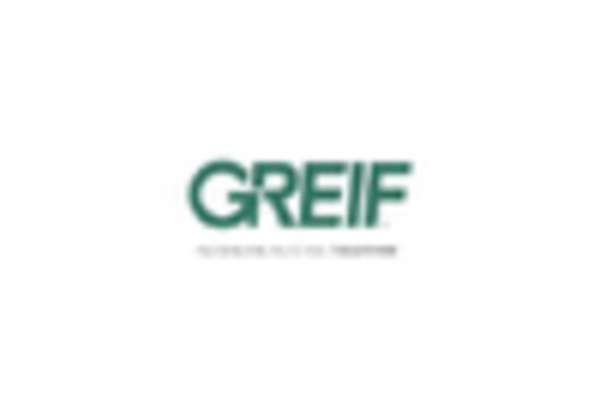

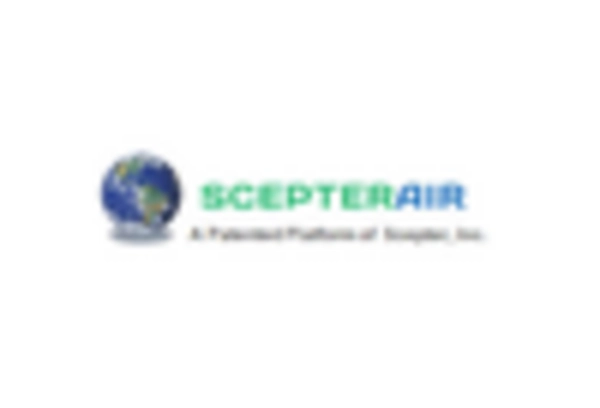
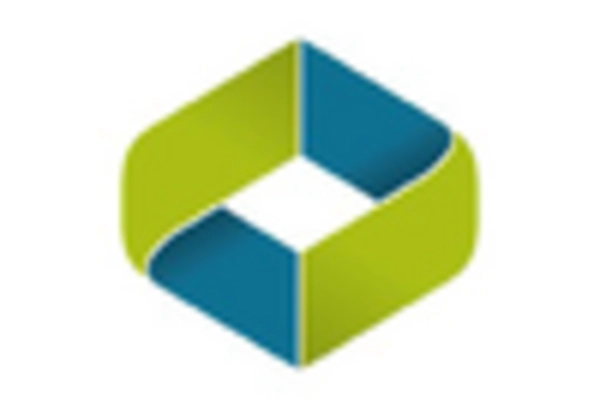









Leave a Comment